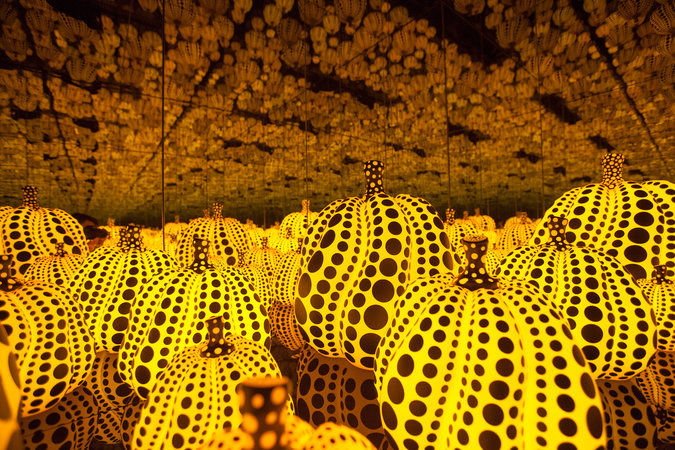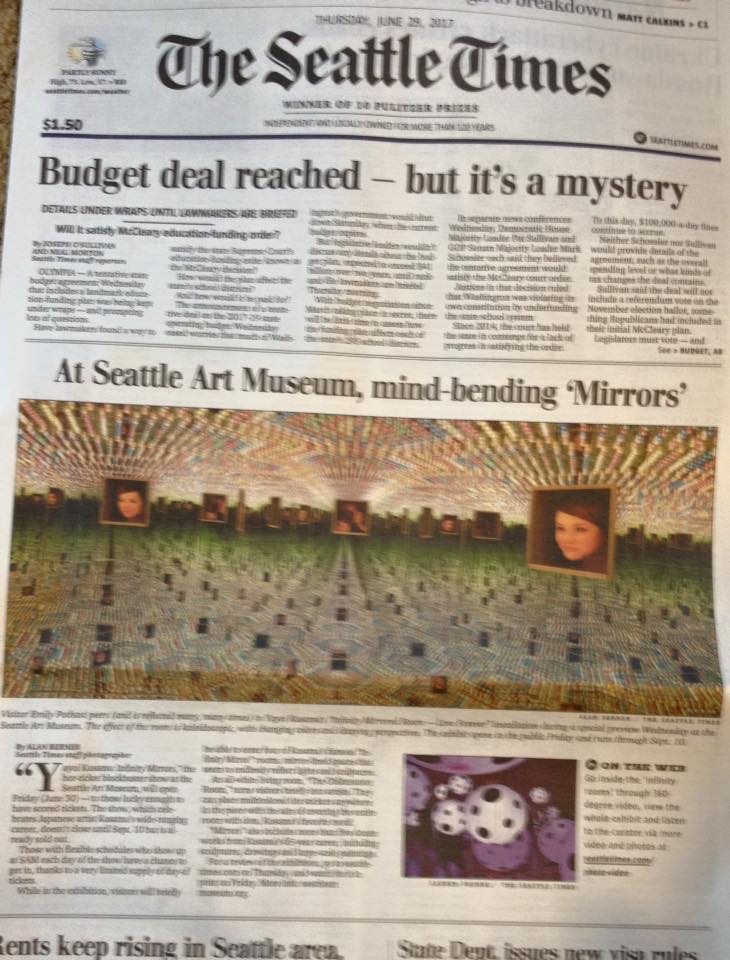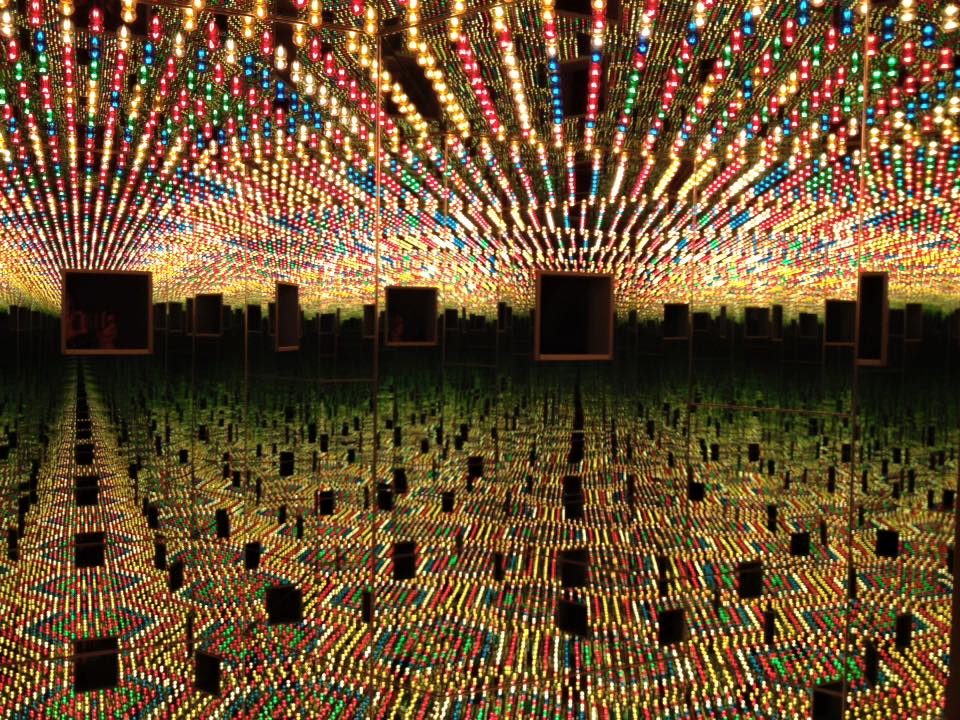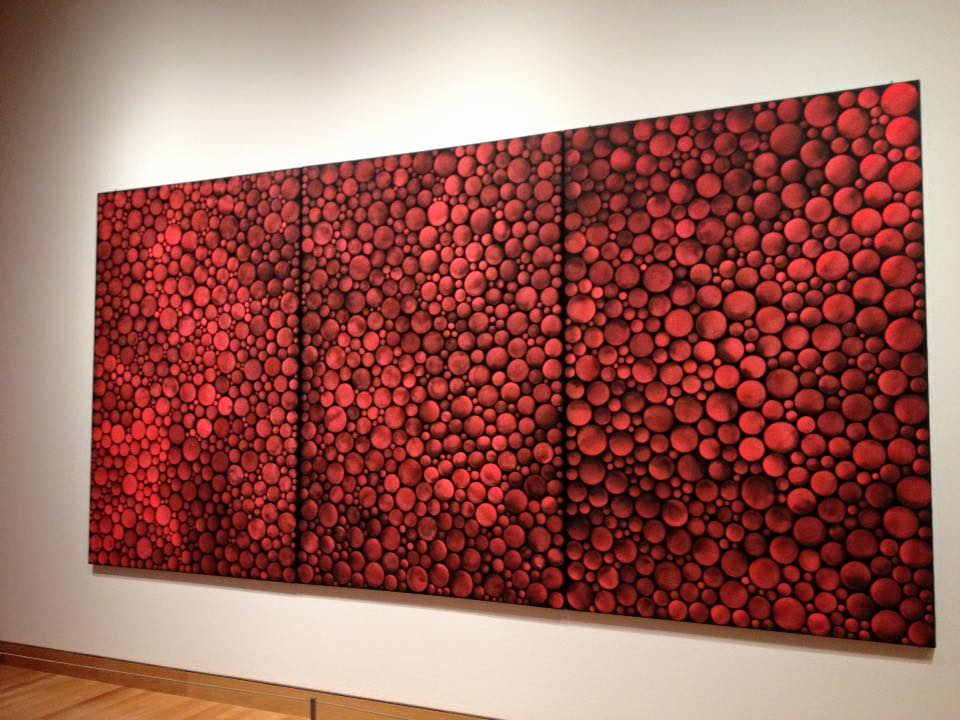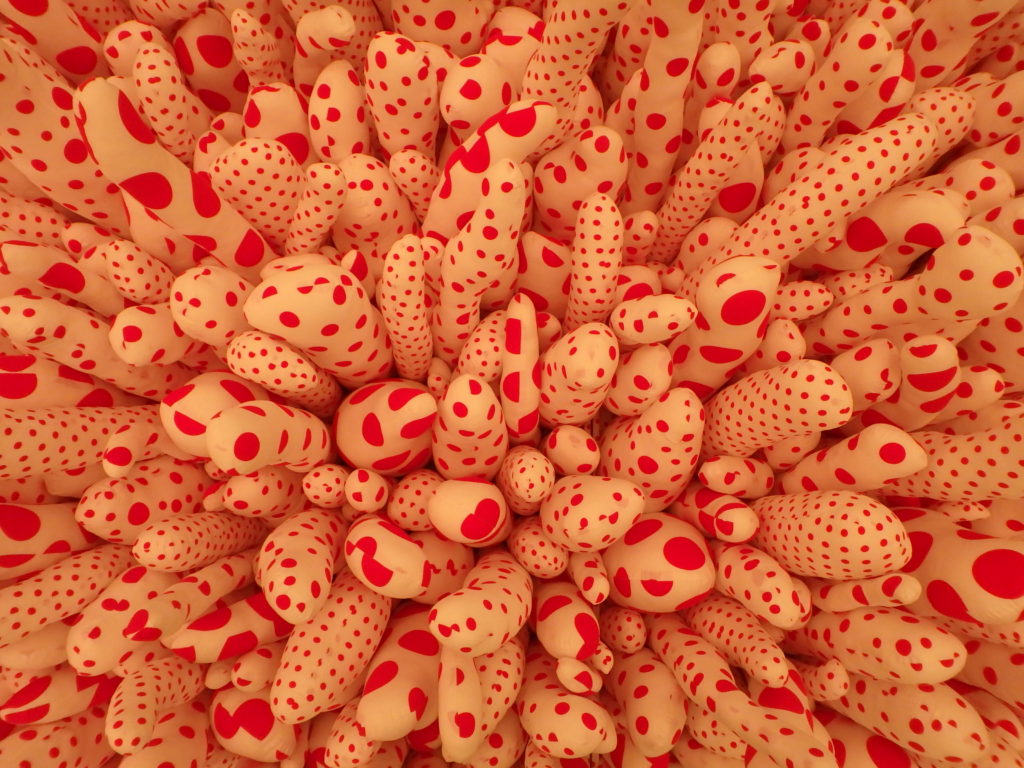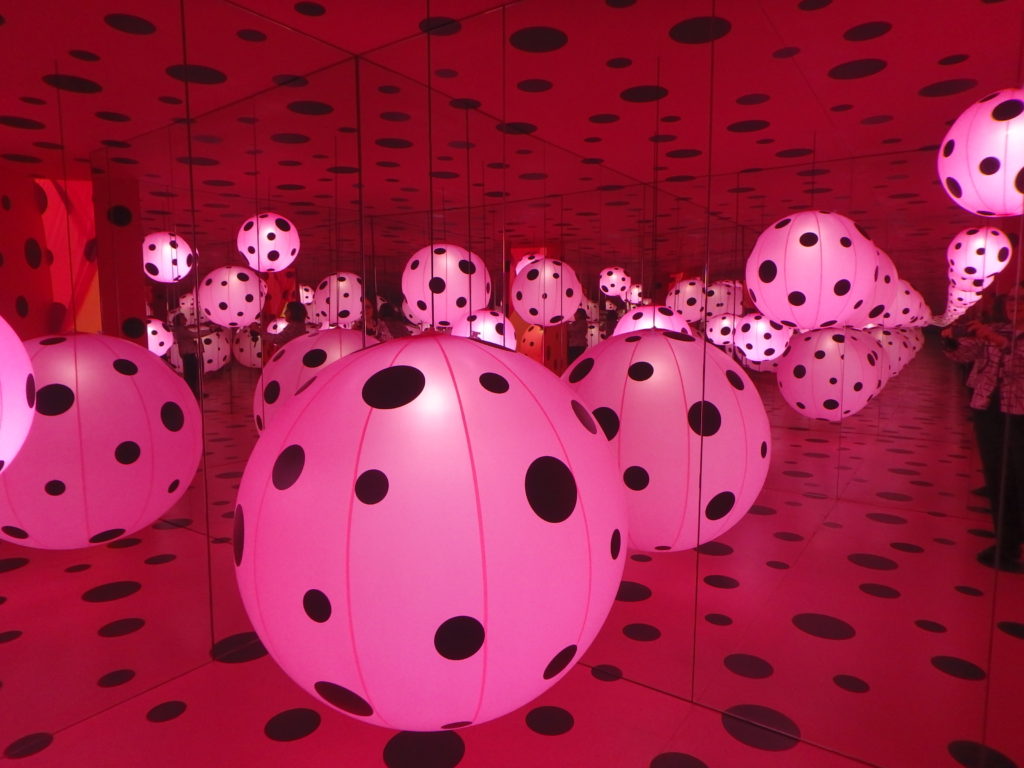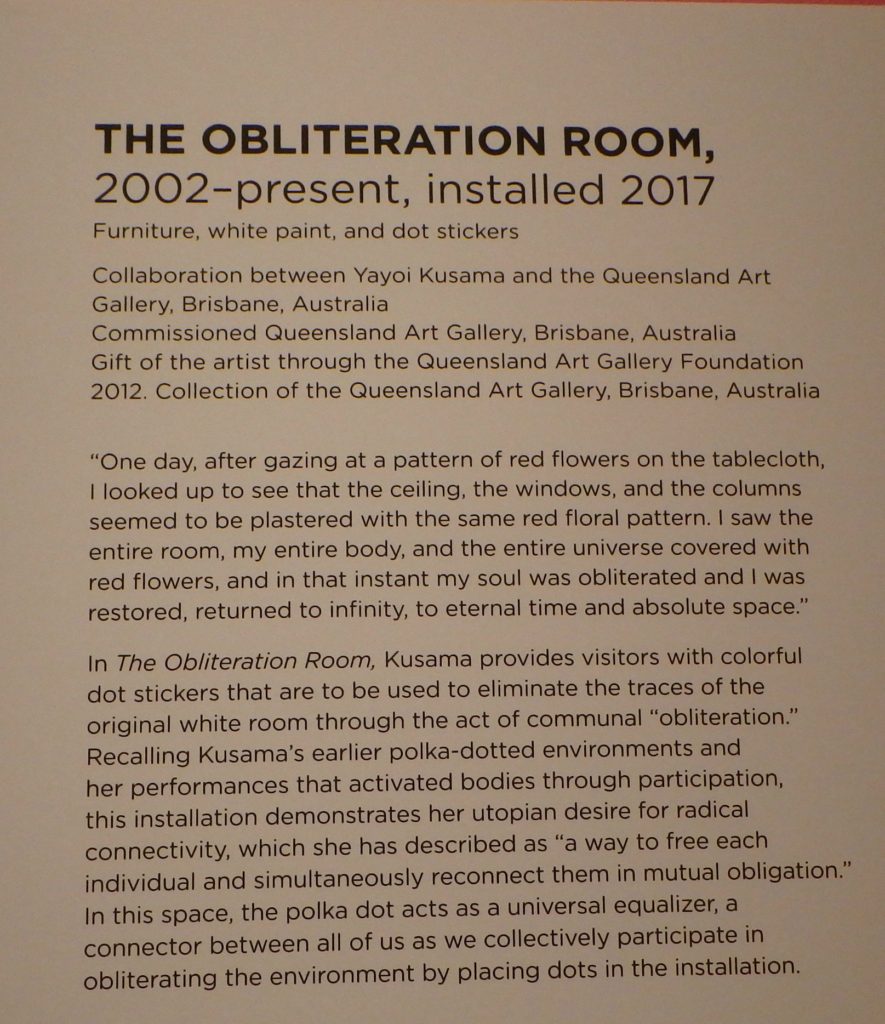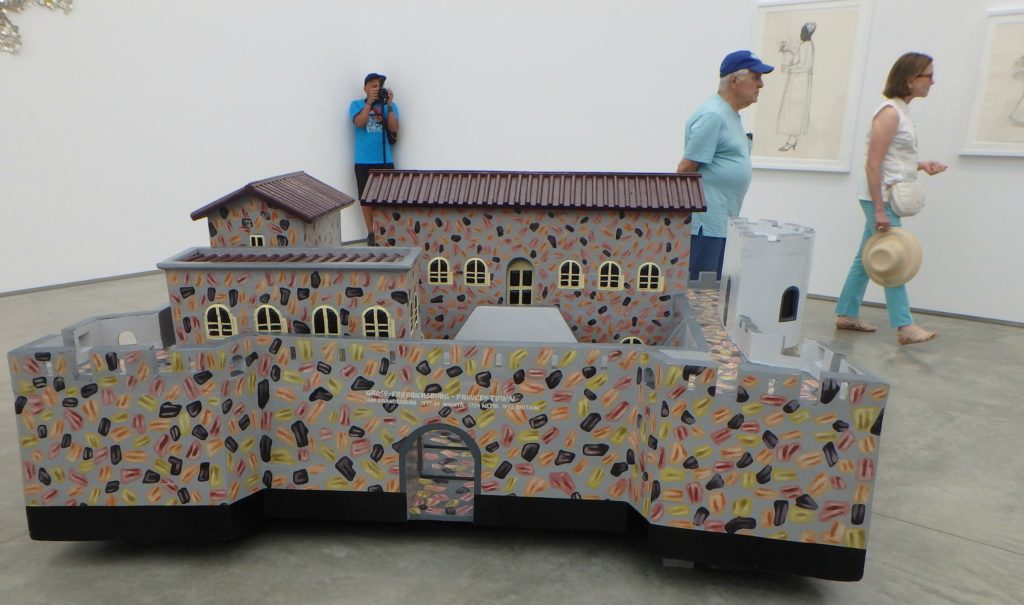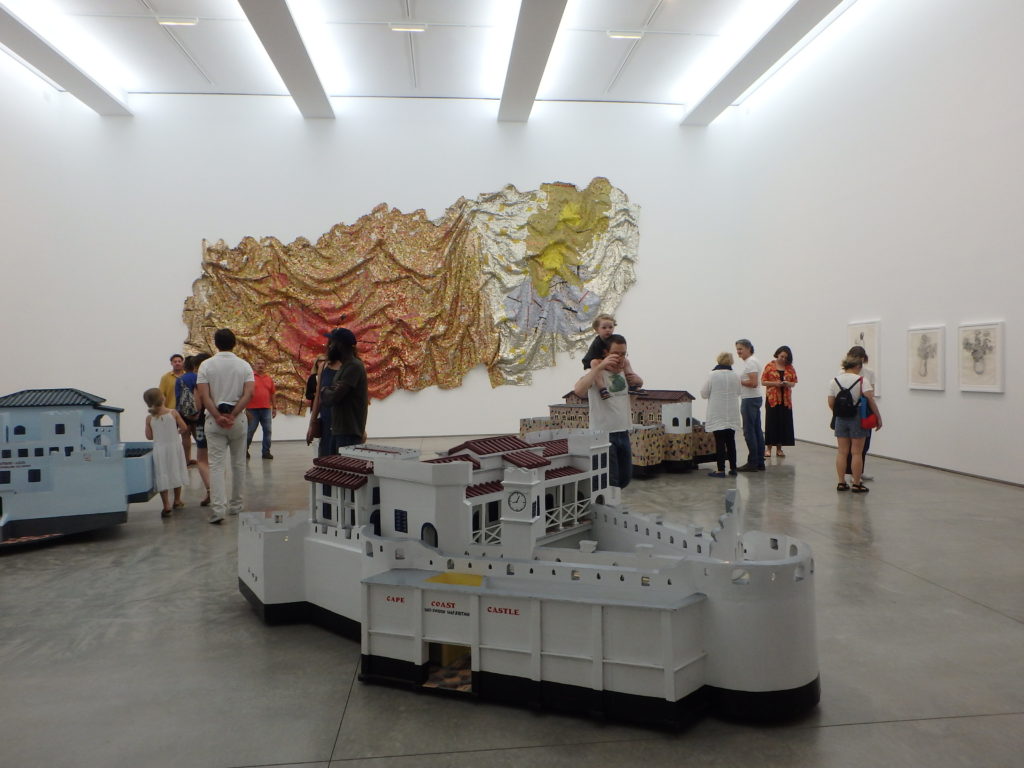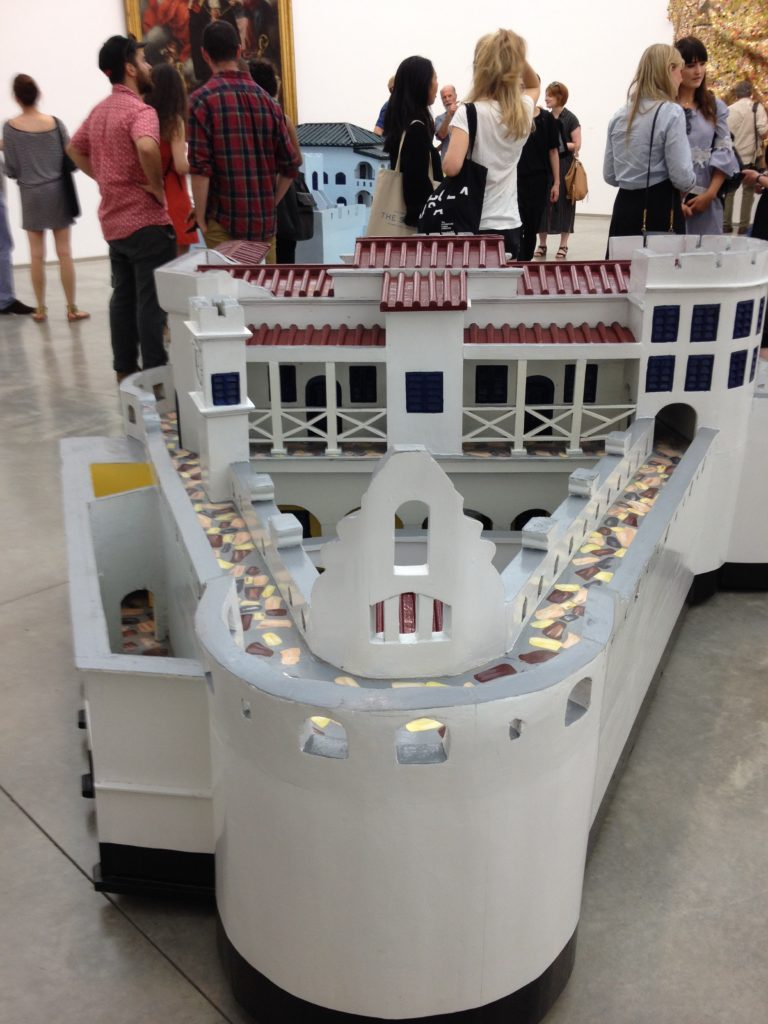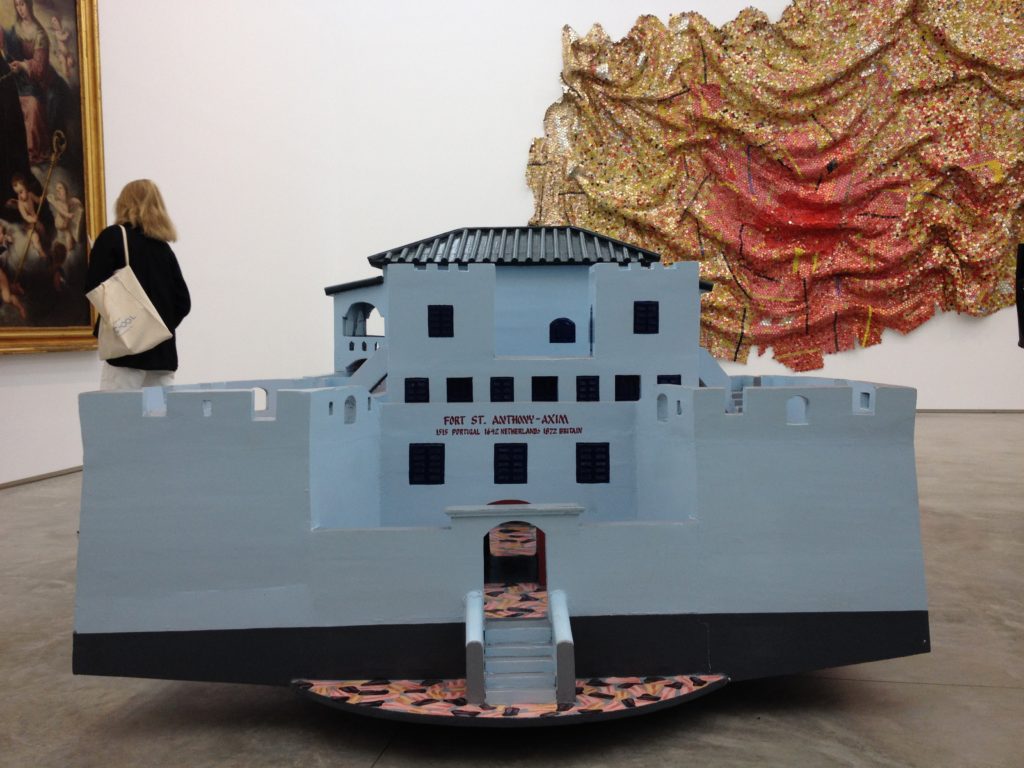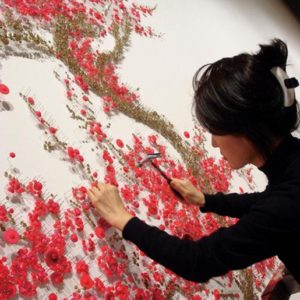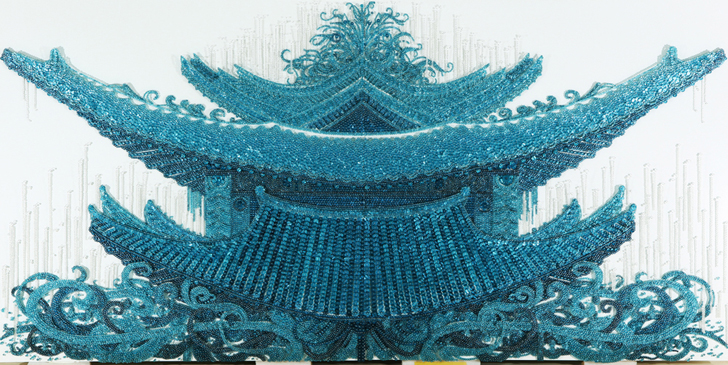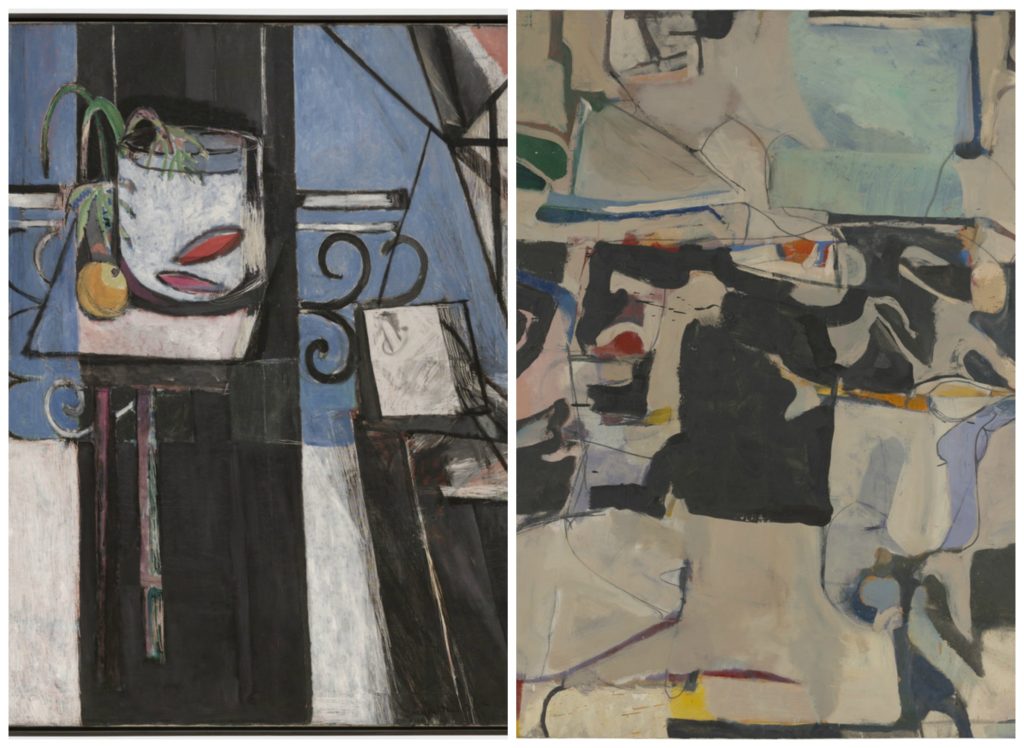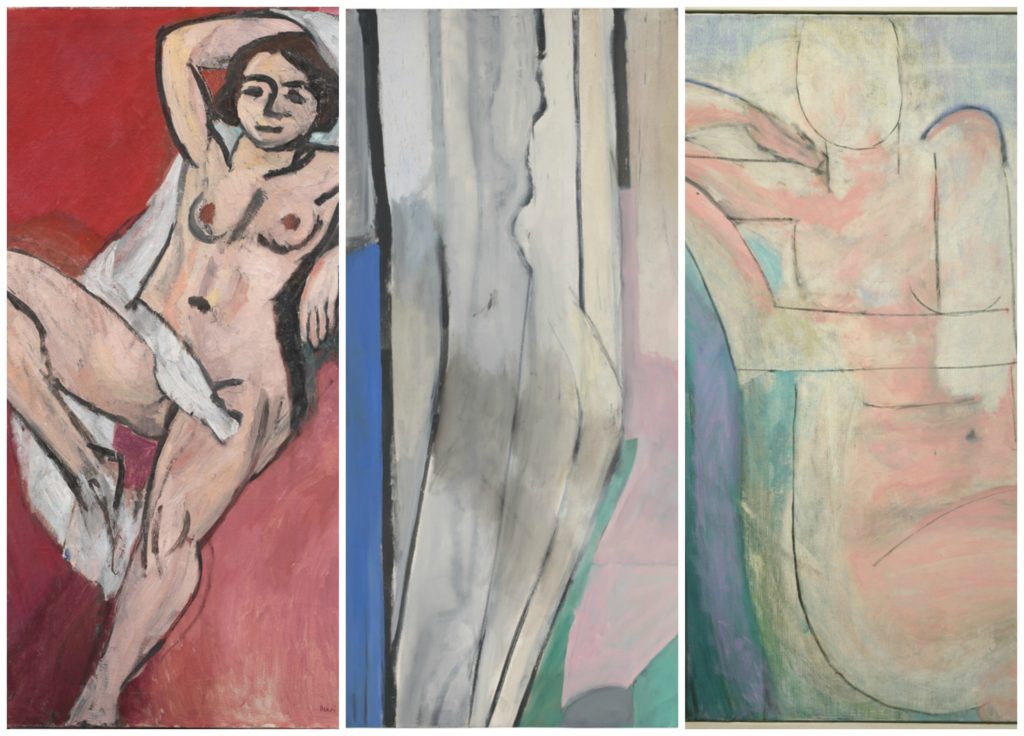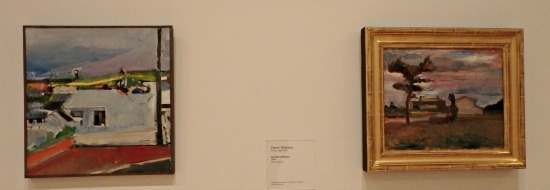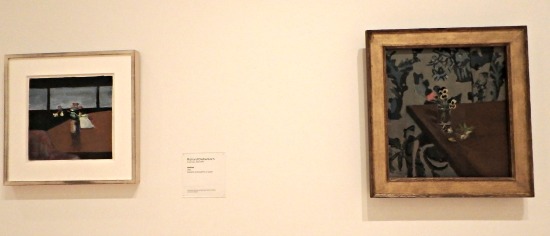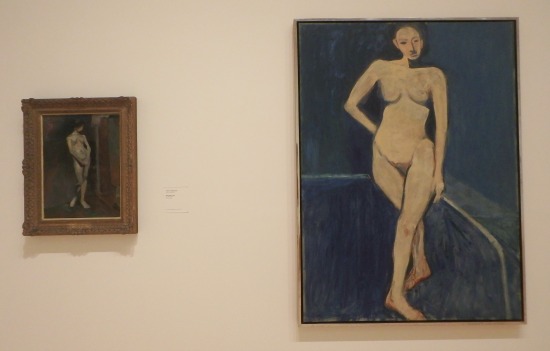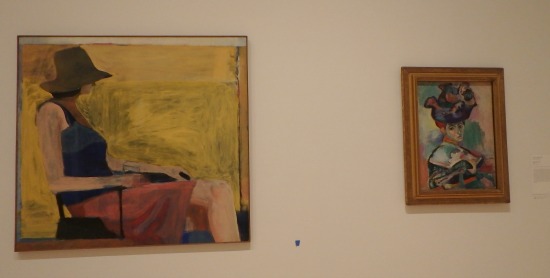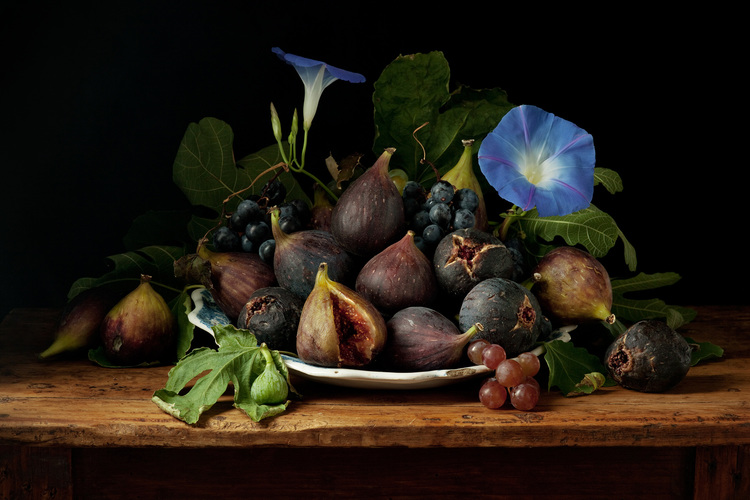 Everywhere you look in art fairs, galleries, and many museums, you’ll see contemporary photography–it’s often more interesting than other forms of contemporary art, at least to the public. A few years ago, however, I discovered (at an art fair) a contemporary photographer with a yen for Old Masters. I took a couple of shots of the booth (which, I know now, was Robert Klein Gallery) and looked up the artist when I got home.
Everywhere you look in art fairs, galleries, and many museums, you’ll see contemporary photography–it’s often more interesting than other forms of contemporary art, at least to the public. A few years ago, however, I discovered (at an art fair) a contemporary photographer with a yen for Old Masters. I took a couple of shots of the booth (which, I know now, was Robert Klein Gallery) and looked up the artist when I got home.
Her name is Paulette Tavormina, and I recently wrote a short profile of her for Traditional Home magazine. It’s in the October-November issue.
This time, it was good that a long interval occurred between the time I was first attracted to her work and an opportunity to write about it–earlier this year, she had an important exhibition, which I mention in my lede (yes, that’s how we spell it in journalism):
With the eye, or perhaps the soul, of an Old Master, Paulette Tavormina is a rare bird among contemporary artists. Her glorious still life photographs could hang comfortably alongside 17th- and 18th-century paintings by Dutch, Italian, and Spanish masters—which, in fact, they did recently at the legendary 225-year-old Colnaghi gallery in London.
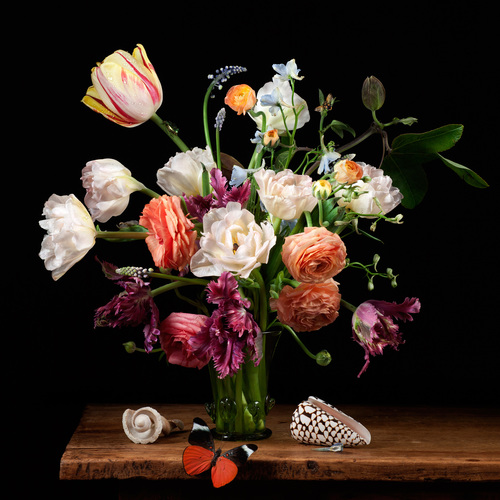 You can read the rest of the profile on the Traditional Home website. It has different photos from the ones I’ve posted here.
You can read the rest of the profile on the Traditional Home website. It has different photos from the ones I’ve posted here.
I also want to tell you that I’ll be away for a couple of weeks, plus a few days.
While I’m away, check the Avenue Magazine website today; it will have (if all goes as planned) a short item by me about the upcoming October Art Week, with the art walk taking place on Oct. 26 on NYC’s Upper East Side.
Also, while I’m away, The Wall Street Journal will be publishing a review of a recently opened exhibition–that’s all I can say now, and I’m not sure exactly which day. If you miss it, I’ll post it when I return.
Photo Credits: Courtesy of Paulette Tavormina

